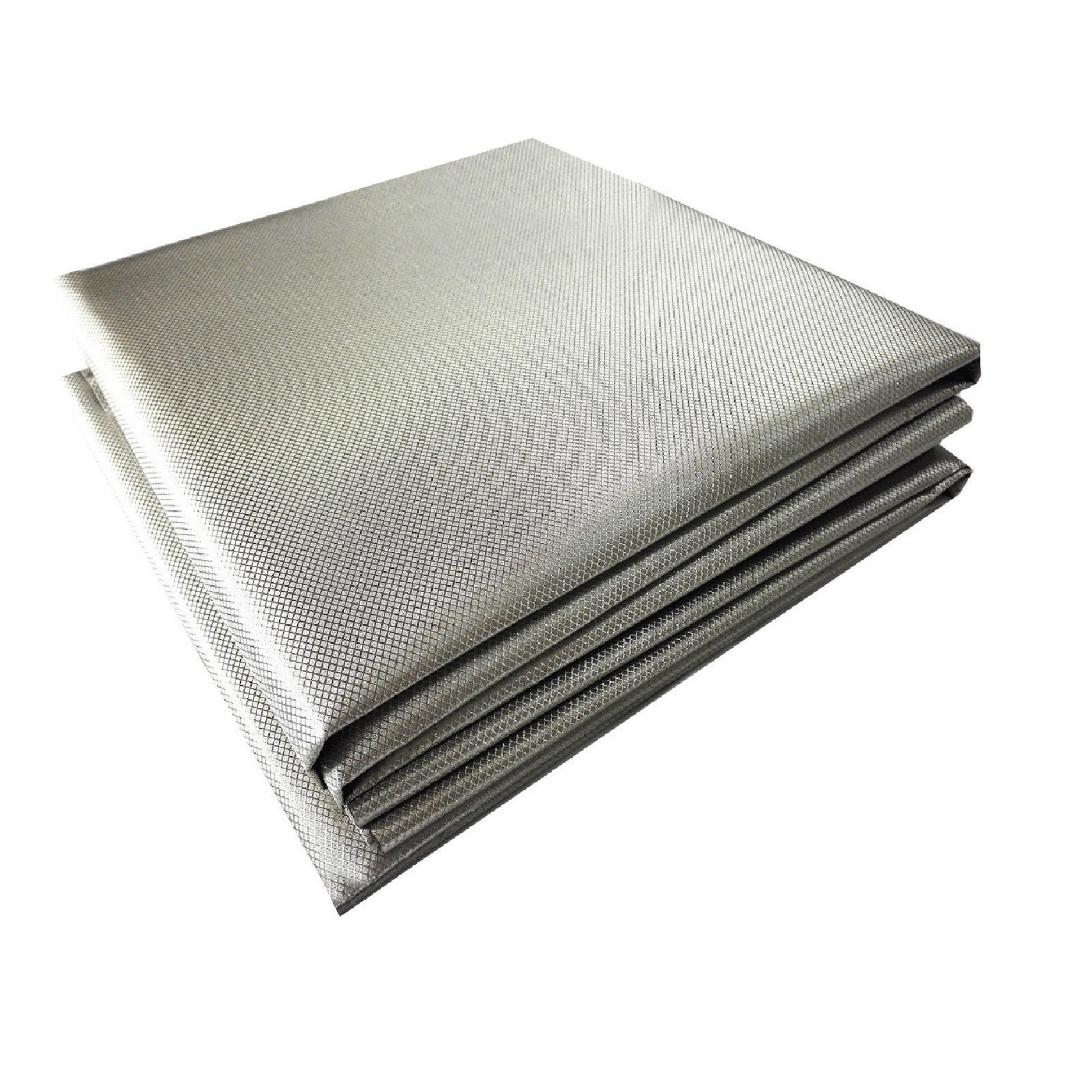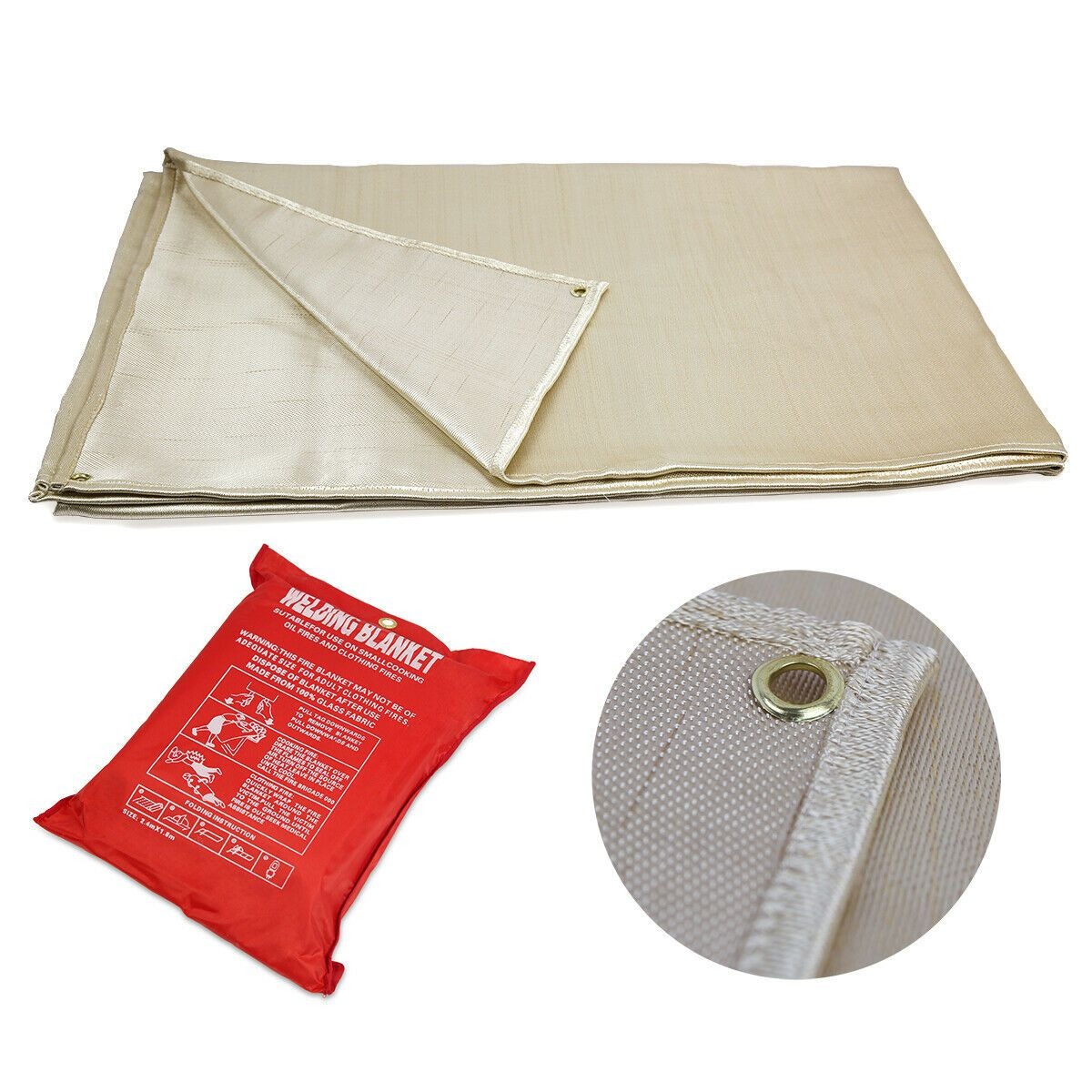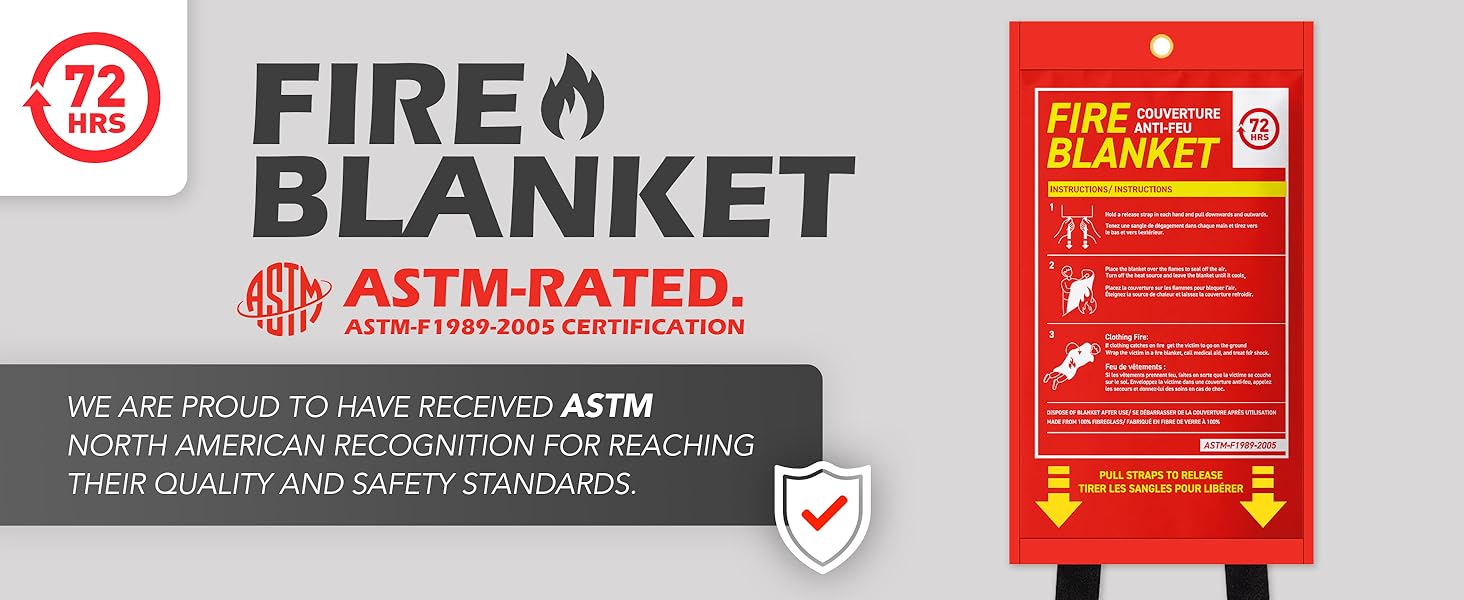Fire Retardant Blankets for Correctional Facilities: Essential Safety Equipment
Summary:Fire retardant blankets are crucial safety tools in correctional facilities, designed to suppress fires and protect inmates and staff. This article explains their importance, materials, standards, and proper use in prison environments.
Why Correctional Facilities Need Fire Retardant Blankets
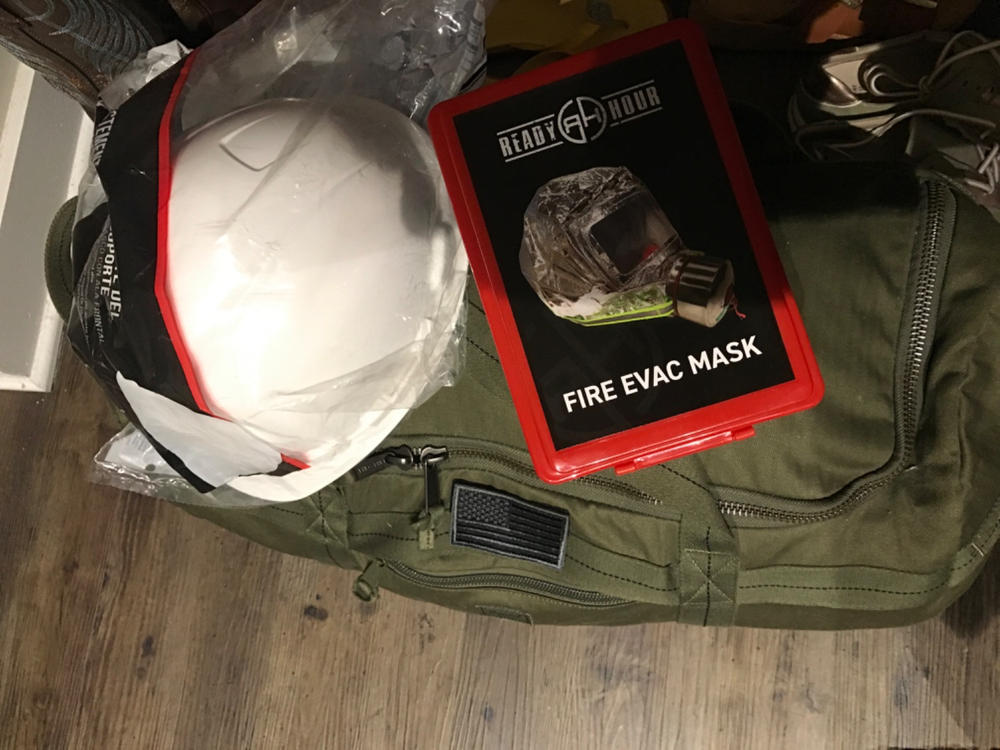
In correctional facilities, fire safety presents unique challenges. You can't rely on standard emergency exits or evacuation procedures like in other buildings. Fire retardant blankets provide a first line of defense against small fires that might otherwise escalate quickly in confined spaces.
These specialized blankets work by cutting off oxygen supply to flames. When properly used, they can smother fires from clothing, bedding, or small contained areas. Unlike traditional fire extinguishers, they don't create chemical residues or require special cleanup - an important consideration in prison environments.
Key Features of Quality Fire Retardant Blankets
Not all fire blankets meet the rigorous demands of correctional facilities. You should look for these essential features:
- Certified materials:Must meet NFPA 701 or equivalent standards for flame resistance
- Durable construction:Typically made from fiberglass or specially treated wool that won't tear easily
- Proper sizing:Large enough to cover an adult human (minimum 1m x 1m recommended)
- Easy deployment:Quick-release packaging that staff can access in emergencies
- Low maintenance:Requires no recharging or special storage conditions
Meeting Safety Standards in Prisons
Correctional facilities must comply with strict fire safety regulations. Fire retardant blankets help meet requirements from:
- NFPA (National Fire Protection Association) standards
- ACA (American Correctional Association) guidelines
- State and local fire codes for institutional occupancies
When selecting blankets, verify they carry appropriate certifications. Many manufacturers offer models specifically tested and approved for correctional use.
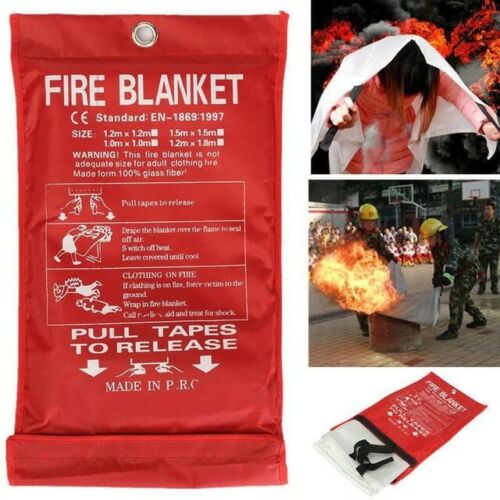
Proper Placement and Storage in Facilities
Strategic placement maximizes the effectiveness of fire retardant blankets. Consider these locations:
- Guard stations and control rooms
- Common areas and day rooms
- Kitchen and laundry areas
- Medical units
- Near high-risk housing units
Store blankets in clearly marked, easily accessible containers. Regular inspections should check for damage or contamination that might reduce effectiveness.
Training Staff on Proper Use
Simply having fire retardant blankets isn't enough - staff must know how to use them correctly. Training should cover:
- Recognizing when to use a blanket vs. other fire suppression methods
- Proper deployment techniques to avoid burns
- Safety precautions when approaching a fire
- After-use procedures and blanket replacement
Include hands-on practice during fire drills. Many manufacturers provide training materials specific to their products.
Maintenance and Replacement Guidelines
Fire retardant blankets require minimal maintenance but do need periodic inspection. Replace blankets if you notice:
- Visible tears or holes in the fabric
- Stains from chemicals or excessive dirt
- Frayed edges or damaged packaging
- After any actual use (even if damage isn't visible)
Follow manufacturer recommendations for replacement schedules, typically every 3-5 years even with no visible damage.
Benefits Beyond Fire Suppression
While primarily fire safety tools, these blankets offer additional advantages in correctional settings:
- Can double as emergency stretchers for medical situations
- Provide temporary covering during cell extractions or disturbances
- Serve as visual barriers during emergencies
- Help maintain order during evacuation procedures
Their versatility makes them valuable multipurpose tools beyond just fire emergencies.
Choosing the Right Supplier
When purchasing fire retardant blankets for your facility, consider suppliers who:
- Specialize in correctional facility equipment
- Provide documentation of compliance with relevant standards
- Offer training support and materials
- Have experience working with similar institutions
- Can provide references from other correctional clients
Quality matters when lives are at stake - don't compromise on safety equipment.
Conclusion
Fire retardant blankets for correctional facilities represent a simple but critical component of institutional fire safety programs. When properly selected, placed, and maintained, they provide an effective first response to small fires in challenging environments. Regular training ensures staff can use them effectively when seconds count.


